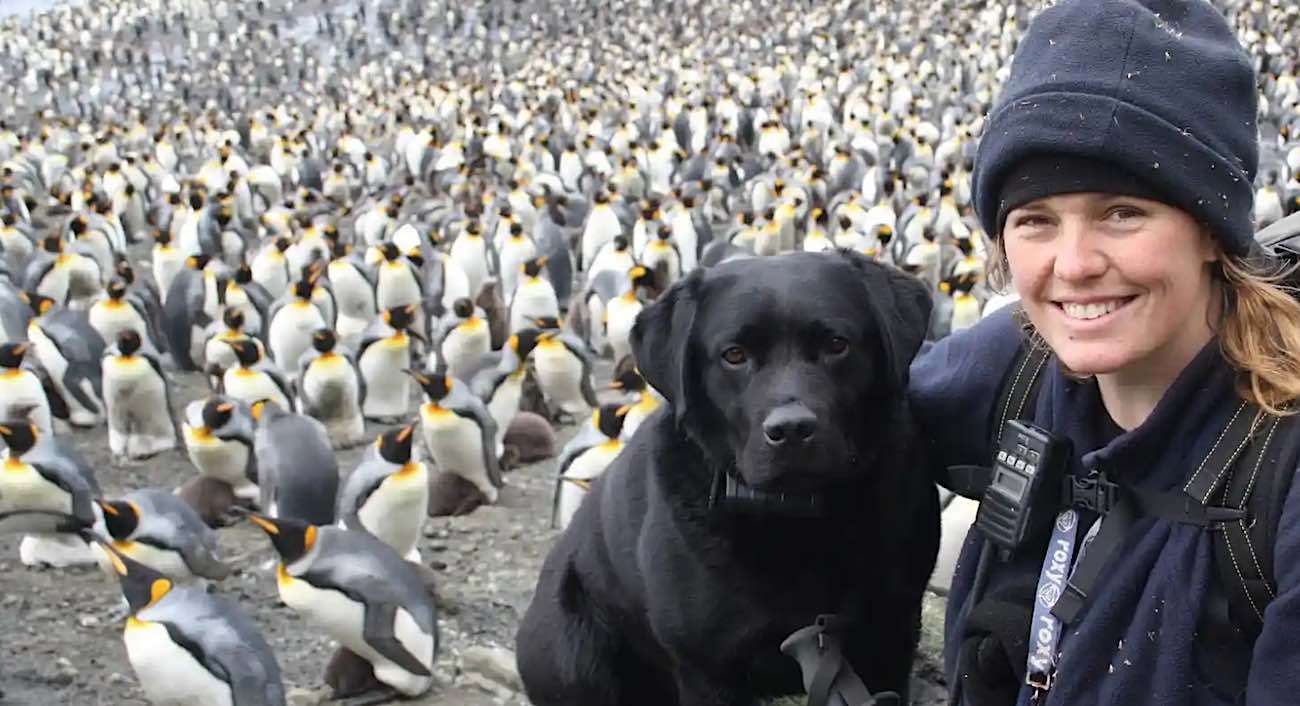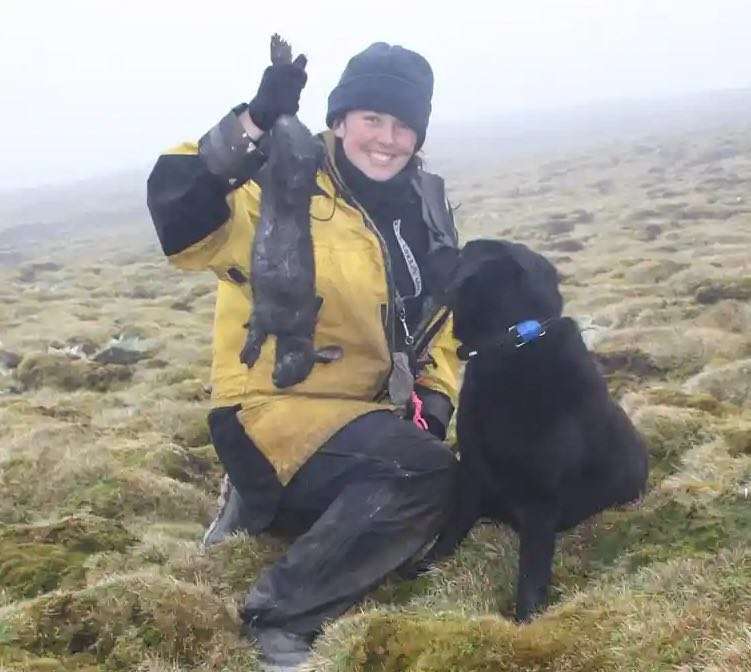U.S. Destroyer Sunk in WWI Found After Being Torpedoed 105-Years Ago - LOOK
A team of experienced warship divers were able to locate the missing vessel on August 11th, 40 miles off the coast of the Isles of Scilly.

A UNESCO Natural Heritage Site has been saved from a rabbit and rat rampage, and 8 years after being declared free of invasives, the island is looking like its old self again.
A mere speck in the vast waters that separate Australia from Antarctica, Macquarie Island was listed by UNESCO in 1997, as there was simply nowhere else on earth like it.
At approximately 21 miles long and 3.4 miles wide at its broadest point, the island is the only place in the world where rocks from the earth's mantle are actively exposed above sea level.
Macquarie Island's birdlife is also extraordinary, and the breeding populations of penguins (including the endemic royal penguin), albatrosses, petrels and prions are recognized as one of the greatest concentrations of seabirds in the world.
However just like every other island on Earth, sailors during the 1800s brought cats, rats, mice, and rabbits ashore which decimated the head-high endemic vegetation and insect populations, causing knock-on effects that seriously threatened to turn the island into a barren rock.
Melissa Houghton was brought ashore as a dog handler with her black lab "Wags" as part of a AU$24.6 million effort by Tasmania and Australia to eradicate the invasive mammals from the island launched in 2007.
By Houghton's arrival the island had already eliminated the feral cats, and seen decreased rodent populations thanks to poison bait drops during previous consecutive winters. Fewer numbers both of rodents and seabirds found on the island during winter made it an ideal time to drop the poison bait, which would also be a welcomed "food" source for the rodents during the lean times.
By 2011 hunters with teams dogs came in to work on the much-diminished populations, but even with the success, Houghton told the Guardian that beyond the stony beaches packed with penguins and elephant seals, the land had been decimated—undermined by constant rabbit borrowing, while the "all-you-can-eat buffet" of the native herbaceous tussock was trimmed down so far that slime and lichen took hold and sloughed the limited soil down steep hills into the sea.

"You'd have slime and lichen and landslips where albatrosses were trying to raise chicks and survive," Houghton said. "I couldn't even envision what the island was meant to look like."
She and Wags had the honor of locating the very last pest—an adult female rabbit and her young, in 2014, and since then the island has rebounded spectacularly.
Native orchids and other plants found nowhere else are growing everywhere. The leafy tussock which tastes like celery is now over your head, and the numbers of insects are now very high. Most of the birds that nest there are returning, and their poop is building nutrients and mass in the soil again. No rodent has been seen since 2014.
Island eradication is one of the best-performing conservation strategies employed worldwide by humans, and many islands, from Macquarie, to the Galapagos, are now free from introduced European pests.
Indeed, Macquarie is just one of 181 islands that have since 2000 eradicated over 800 invasive species.
ERADICATE The Bad News On Social Media With This Good Conservation Story…
Be the first to comment